by Victoria Hubareva
Translated by Jennifer Castner
Ukraine’s Security Service (SBU) confirmed that at 02:50 am on 6 June Russia’s occupying forces detonated explosives at the dam containing Kakhovka Reservoir, one of the largest reservoirs not just in Ukraine, but also across Europe. Although immediate responsibility cannot be confirmed at present, experts are already comparing this week’s events with the Chornobyl catastrophe and describe what happened as “the greatest man-made disaster in recent decades.”
The explosion destroyed 11 of the dam’s 28 sections and the estimated width of the rupture is 177 meters. The reservoir’s vast contents – on average, 18.2 billion cubic meters of water – began to rush downstream, flooding all of the settlements in its path.
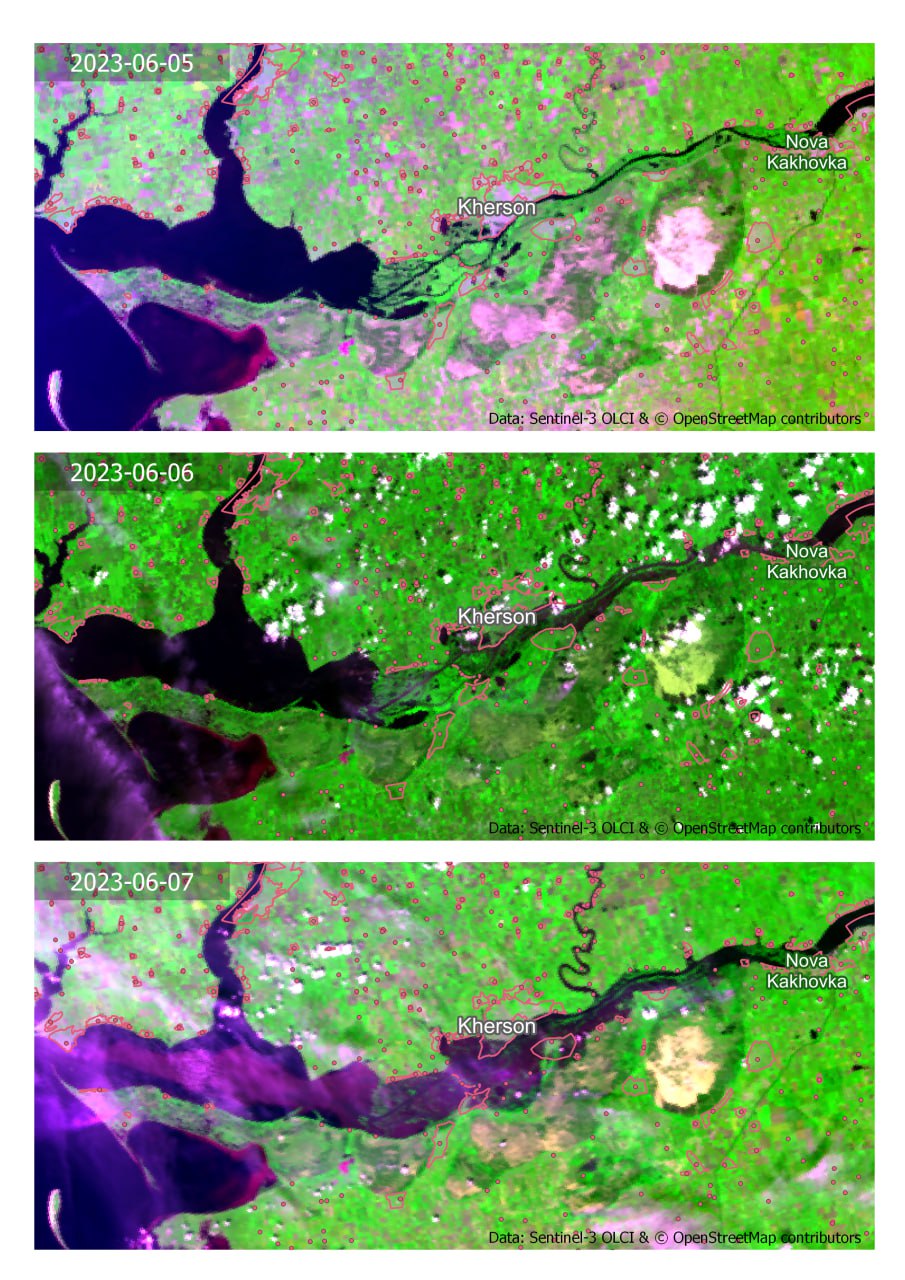
Ukrainian officials assert that the dam’s destruction in Nova Kakhovka is a war crime under the Geneva Convention. According to Article 56 of the 1997 Additional Protocol I, the deliberate destruction of dams and dikes is considered a weapon of mass destruction and an indiscriminate war crime.
Ukraine’s Office of the Prosecutor General has already confirmed that a potential ecocide investigation has been launched into the Kakhovka dam explosion.
This article will examine the preliminary consequences that have already been confirmed in the first days after the incident. Although these data are already terrifying, at least a month will pass before it is possible to thoroughly analyze the consequences.
This catastrophe was anticipated. How do the presumed and actual consequences of the catastrophe compare?
According to a statement by Volodimir Zelenskyy, Ukraine had prepared for the potential destruction of Kakhovka Hydropower Plant’s (HPP) on the basis of intelligence that the Russian occupiers had deployed mines in the plant over the previous year. The Ukrainian leader announced this fact during a press conference dedicated to Journalism Day on 6 June.
In a recent study, Associate Professor of Public Administration Dr. Serhii Zelinskyy, foreseeing a similar terrorist attack by Russian troops and speaking about the use of water as a weapon, shared a model of the potential consequences of blasting dams on Ukraine’s reservoirs.
If Kakhovka HPP dam were destroyed, the scientist predicted that an estimated 340 km2 of land with 43 settlements and home to 125,000 people would be completely or partially flooded. Zelinskyy’s calculations assumed that the dam would be completely destroyed, while the actual explosion destroyed less than half of the dam’s sections.
UWEC Work Group experts discussed the potential consequences of the dam’s destruction in October 2022.
To date, the precise area of flooded territories is unknown. The reservoir was forecast to continue to draw down for several days, after which the waters will begin to recede. However, preliminary estimates indicate that the number of people affected by the disaster is much higher: environmentalist Maxim Soroka called on other regions of Ukraine to be ready to accept up to 400,000 refugees.
“These are the people whose lives directly depend on Kakhovka Reservoir and its water level. If the reservoir is gone, socio-economic and, accordingly, demographic changes will occur. These people will be forced by the situation to leave their native lands as a result of these new unbearable circumstances. When calculating, I used a demographic reference guide and reviewed all the communities that depend on the reservoir. I subtracted 40% of that figure,” Zelinskyy explained his calculation of the number of victims of the HPP’s explosion.
Up to 280 metric tons of refined oils located in aggregators and transformers at the HPP entered the river, creating a film on the water’s surface before they eventually settle on the former reservoir’s floor and the flooded landscape.
At a 6 June meeting convened in response to the explosion of the Kakhovska HPP, Ukraine’s National Security and Defense Council of Ukraine (NSDC) noted that 150 tons of fuel and lubricants had already entered the Dnipro River. Additional leakage of an additional 300 tons into the river is possible.
General director of state-owned company Ukrhydroenergo, Kakhovska HPP’s operator Ihor Syrota also confirmed the oil leak that originated in the plant’s electrical aggregators and transformers:
“There were over 450 tons of oil products in aggregator units and transformers at the station. Today we can confirm that at least 150 tons have already reached the river. As for the rest of these compounds, we will only be able to make a determination after we learn the fate of the transformers and turbines. That is where the products are located. And this, of course, will have environmental consequences.”
Soroka explains that the oil products in question are a large quantity of fuel, lubricants, and coolants used in the hydropower plant’s turbines and mechanical aggregators.
According to him, 150 tons is a realistic and even underestimated figure: “If we take the minimum volume of lubricants in all units, then there should be somewhere around 280 tons. In any case, it’s a lot.”
Secondary consequences: Epidemiological risks, chemical pollution, nitrogen and phosphorus compound pollution
Sweeping away everything in its path, the floodwaters are washing over businesses and settlements, where they are further polluted by chemicals and sewage. As a result, epidemiological and pollution risks increase significantly.
Two days after the initial tragedy, Soroka drew the following initial conclusions:
- Flooding of pit latrines, sewage networks, drainage systems, and other treatment facilities will inevitably contaminate the floodwaters (although this is not the worst scenario).
- The specifics of the agro-industrial landscape and unexpected nature of the events, as well as the warehouses and other facilities housing plant protection chemicals and fertilizers that were flooded, must also be considered. This is already bad, especially in terms of the resulting fertilizer pollution, and assessing the damage is extremely difficult.
- Flooding and water erosion will inevitably lead to secondary pollution of the floodwaters with suspended solids and biogenic elements (nitrogen and phosphorus compounds). Whether this will have serious consequences will only be clear in another 5-10 days.
Flooding contaminates territories with substances that accumulated over decades at the bottom of Kakhovka Reservoir.
Ukraine’s Ministry of Health noted that, in addition, the reservoir floor of Kakhovska HPP could contain many substances hazardous to human health, and which, as a result of the explosion, may pose a significant danger to people located in flooded areas.
That pollution includes heavy metals and other industrial pollutants emitted in Zaporizhzhya, Dnipro, and Kamenskoye that accumulated at the bottom of the reservoir. In a commentary to BBC, environmentalist and UWEC Work Group expert Eugene Simonov explained:
“It can be assumed that the dam’s failure will result in the downstream movement of toxic deposits that were located directly at the bottom of the reservoir. The rest (toxic sediments) will remain along the banks of the Dnipro on the former bottom of the reservoir, and they will begin to be transported by dust storms before vegetation covers these territories.”
The catastrophe carries additional challenges for residents: there may no longer be safe drinking water available in the region. In its Telegram channel, the Ministry of Health reported that chemicals and pathogens from cemeteries, toilets, and landfills may end up in wells and open water bodies in flood zone following the HPP dam’s destruction.
Everything will ultimately end up in the Black Sea. What will be the consequences?
The first wave of news concerning the environmental harm from the HPP’s explosion contained information about the floodwater’s desalination of the Black Sea. Some environmentalists, including Soroka, were skeptical about this statement. Soroka explains his doubts, saying that freshwater from the Kakhovka Reservoir will literally become a “drop in the ocean”.
Chair of Ukrainian Nature Conservation Group and UWEC Work Group expert Oleksii Vasyliuk also commented that freshwater in and of itself does not threaten the Black Sea:
“The release of such a large amount of river water can temporarily desalinate certain sections of the Black Sea. That said, given that we are discussing the waters of the Dnipro-Bug estuary, a water body that has been filled with water from the Dnipro and the Southern Bug rivers for millennia, they are unlikely to have catastrophic consequences”, the environmentalist writes.
Significantly greater damage to the Black Sea’s ecosystem will result from the ingress of a large volume of waters containing impurities, as mentioned above:
- Fuels and lubricants are toxic to aquatic organisms and can form a film on the water surface;
- Pollutants from sewers, agricultural enterprises, etc., can affect living organisms, from plankton to cetaceans;
- Combined with hot summer conditions, heavy metals and other pollutants accumulated at the reservoir’s bottom can provoke massive overgrowth of microorganisms and algae and affect the formation of cyanobacteria blooms with all the attending negative consequences;
- Increased algae blooms and decreased salinity, according to director of the Ukrainian Scientific Center for Ecology of the Sea Viktor Komorin, will affect zooplankton, fish, and dolphins. Dead phytoplankton will sink to the sea’s lower water layers and absorb “a large amount of oxygen”, turning oxygen zones into hydrogen sulfide zones. This will affect the sea’s benthic organisms.
Absolutely all living creatures that inhabited the reservoir area or lived downstream along the Dnipro River will suffer from the explosion of the Kakhovska HPP.
Due to the dam’s failure, hundreds of species may be threatened with destruction, including 71 species of animals and 32 plant species listed in the International Union for Conservation of Nature’s (IUCN) Red List , as well as the European Red List, Ukraine’s Red Book, and the local Kherson Red List.
Environmentalist Vladislav Balinsky said that exploding the Kakhovka Reservoir’s dam will have global environmental consequences for the Black Sea region. According to him, within the larger Dnipro River basin, the floodplain’s unique natural ecosystem stretches from Nova Kakhovka to the Dnipro-Bug Estuary and includes over 80,000 hectares of Nizhnedneprovsky Nature Park, and has actually been destroyed.
“A human-made disaster on this scale greatly exceeds the adaptive capacity of a floodplain biotope. Hundreds of islets, areas of a unique floodplain forest, wetland meadows, and steppe areas on lower slopes have been washed out to sea, along with their inhabitants,” the ecologist commented.
That is another factor that can affect the destruction of various animal species, particularly given the capacity of the ongoing hostilities in southern and eastern Ukraine to also affect the populations of various animal species. UWEC recently investigated the potential harm to small mammals.
“There has been a catastrophic impact on populations of rare mammal species. The habitat for 70% of the global population of Nordmann mouse is flooded, which could potentially lead to its complete extinction in the future. Up to 50% of the sand mole rat and up to 50% of thick-tailed three-toed jerboa have been destroyed,” Vasyliuk noted, commenting on the threats of the dam’s destruction for small mammals.
A number of birds that nest in the Kherson region could vanish from the area and a decade could be needed to restore its nesting colonies
Balinsky is also concerned about this new threat to the mating and nesting seasons of birds in general.Vasyliuk reached the same conclusion. In its report on the consequences of the dam’s explosion, Ukrainian Nature Conservation Group predicts that the almost complete disappearance of Kakhovka Reservoir will result in the disappearance of a number of bird species that previously generally nested in the area. Birds in the flood zone also suffered, totaling tens thousands of individuals:
“The largest colonies of herons and other birds in the region are concentrated in the Lower Dnipro’s floodplains. To make matters worse, the flood waters caught the birds during their nesting phase and some clutches had already hatched. There is not enough time this year to create new colonies or start a new clutch, because repeated nesting will not produce chicks capable of migrating by the end of summer,” the expert explained.
Vasyliuk noted that some birds will lose their nesting colonies, but they may be able to restore their numbers in 3-7 years. More time – 5-10 years – will be needed to restore raptor populations, for example, harriers.
Ukraine has already lost huge freshwater fish populations: decades will be needed to recover
On 6 June, Ukraine’s Ministry of Health warned that residents in the Kherson and Zaporizhzhya Oblasts would see fish dieoffs due to the rapid decline in water levels. Very quickly, that statement was borne out, and the next day the Ministry announced the start of a massive fish dieoff in Dnipropetrovsk Oblast.
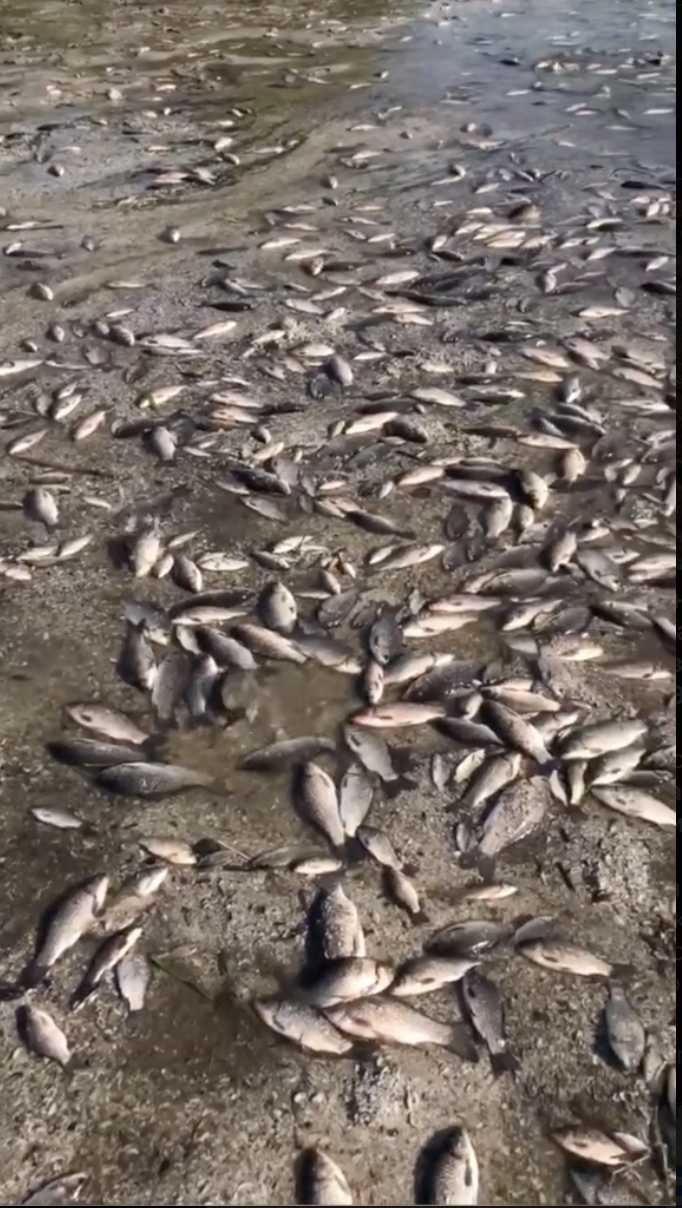
Vasyliuk agreed, asserting that the disaster’s impact on fish resources is one of the greatest consequences. UNCG also addressed this concern in its report:
“The Kakhovka Reservoir, as well as the Lower Dnipro floodplains, contain one of the largest concentrations of freshwater commercial fish species in Ukraine. At the time of the terrorist attack, there were at least 43 species of fish in Kakhovka Reservoir alone, of which 20 species are of commercial value (annual catches as high as 2,600 tons). At least 7-10 years will be needed to restore these reserves.”
Vasilyuk also concluded that all spawning sites were destroyed. As fish habitat, the reservoir has ceased to exist. Spawning of most species occurs in late spring and early summer. It is at this time of year that a “spawning ban” on human activity is in effect – a special annual “quiet” regime, particularly near water bodies: fishing is not allowed at that time and motorized vessel movements are restricted, etc.
“As a result of the rapid drawdown of the reservoir’s water, almost all young fish in shallow water areas found themselves on dry land, doomed to death. This will undermine spawning success in the long term,” he observed.
In addition, the deep wintering pool that many fish depend on for shelterin Republican Bay in Kamyanska Sich National Park will most likely cease to exist. The same is true for wintering holes in the waters of Gavrilovsky, Dudchansky bays and the bay near Novovorontsovka (adjacent to Kamyanska Sich National Park).
Vasyliuk believes that, “The majority of all fish that were living in the reservoir will be swept into the Black Sea to die in its salty waters.”
The dam’s destruction could result in nuclear catastrophe. Avoided so far, but risks remain
The hydropower plant is located alongside the reservoir used to cool Zaporizhzhya Nuclear Power Plant (ZNPP), the largest NPP in Europe and one of the ten largest in the world. Water from Kakhovka Reservoir is needed to cool the station’s turbine condensers and the ZNPP’s safety systems.
ZNPP operator Energoatom’s website announced that the drawdown in Kakhovka Reservoir did not result in a drawdown of water in ZNPP’s cooling pool. Energoatom President Petro Kotin is quoted in the announcement:
Both in the pond itself at the ZNPP and in the pool basins… normal water level is maintained, which was in them before the Kakhovka HPP Dam was blown up. If the water in the ZNPP cooling pond ‘decreases’, it will need to be topped off, and there are certain algorithms for how to do this (sic).
ZNPP power units have not been operational since September 2022; therefore active water collection from the cooling ponds does not occur and there has been no need to feed it yet. And even if there will be no water in the Kakhovka Reservoir at all, the design provides measures to replenish it. One of the latter is the use of underground water from wells at the ZNPP site. (sic)
Together with other international organizations present at the plant, Energoatom is monitoring the situation and tracking the Russian occupiers’ actions at ZNPP. Monitoring agencies include the International Atomic Energy Agency (IAEA). Risks do, however, remain.
Soroka notes “The ZNPP is not the main problem right now. The very fact that the NPP is occupied by the people who blew up the hydroelectric dam threatens both the safety of the nuclear power plant and the entire world. The sharp drawdown of water in Kakhovka Reservoir creates risks and problems for the NPP’s safety engineering networks.”
Victoria Hubareva is a Ukrainian environmental journalist, expert, and author of EkoRubric.
Read more about the consequences of the destruction of the Kakhovka HPP dam prepared by UWEC Work Group experts and contributed to other media:
SBS, Radio Liberty, etc. published comments by Eugene Simonov
Report on consequences for natural ecosystems was published by Ukrainian Nature Conservation Group
Main image source: CNN




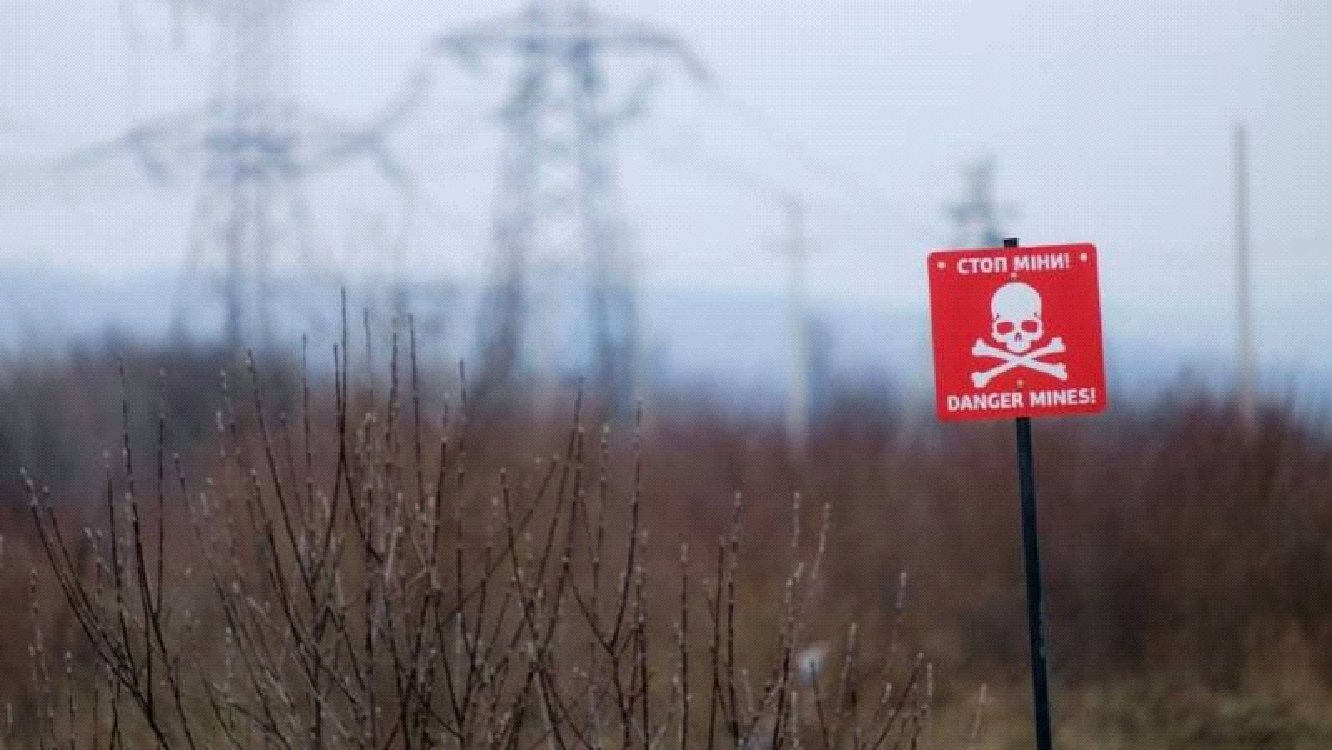

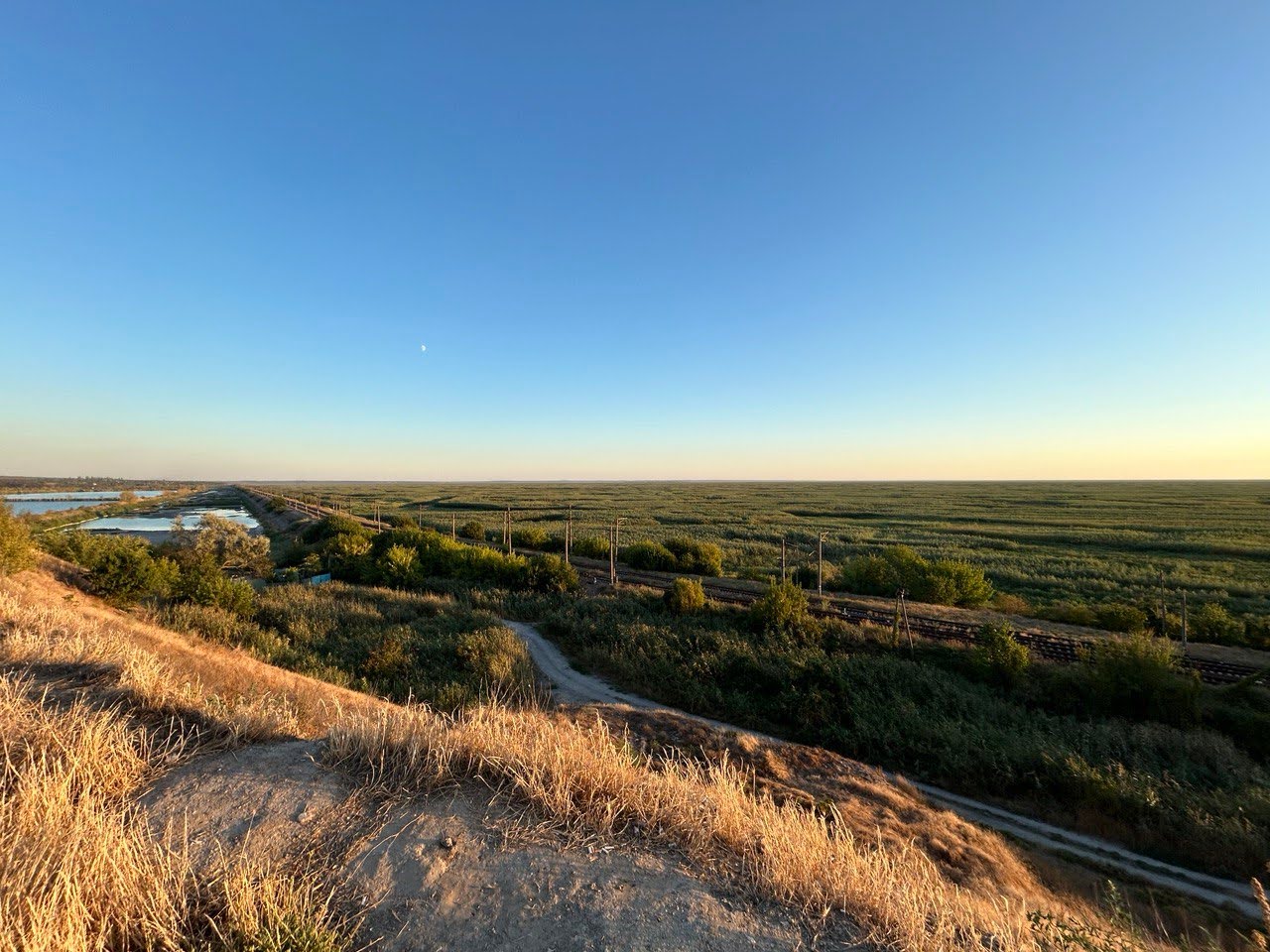
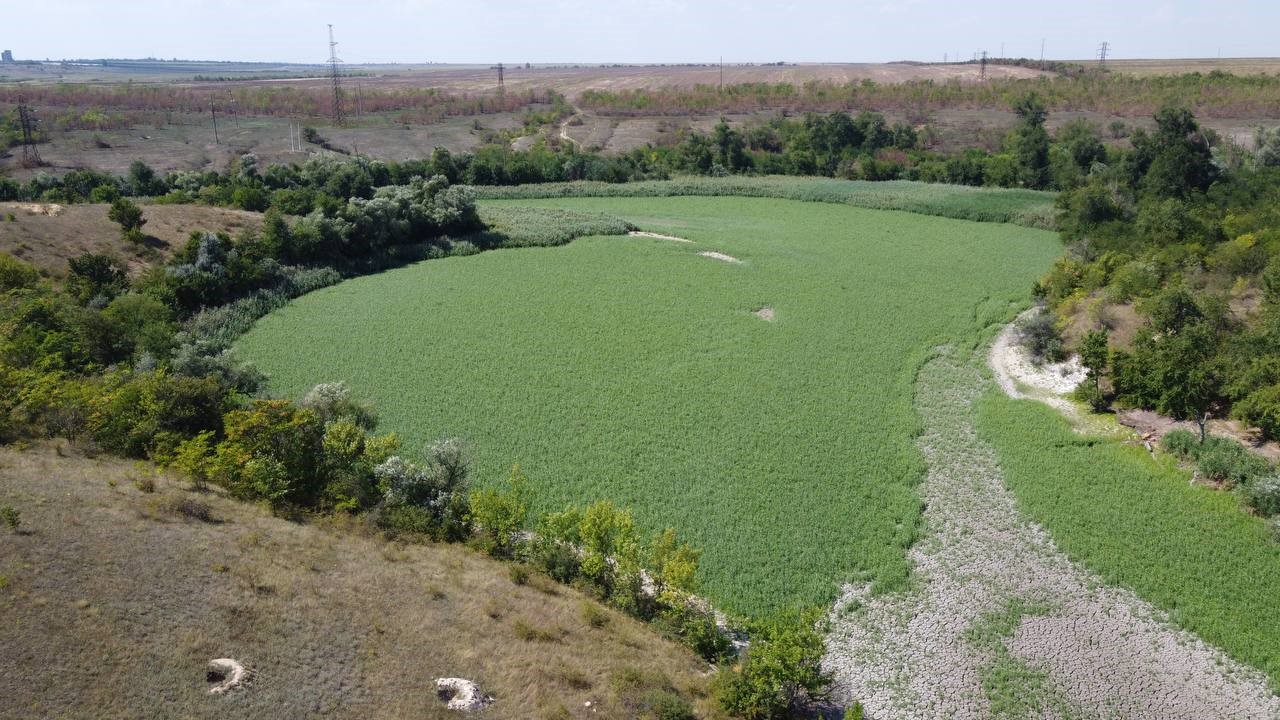
Comments on “Explosion of the Kakhovka Hydropower Plant: What are the environmental consequences?”